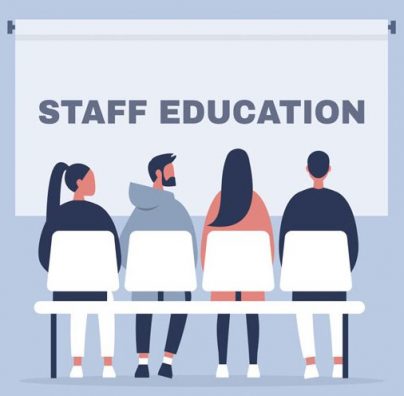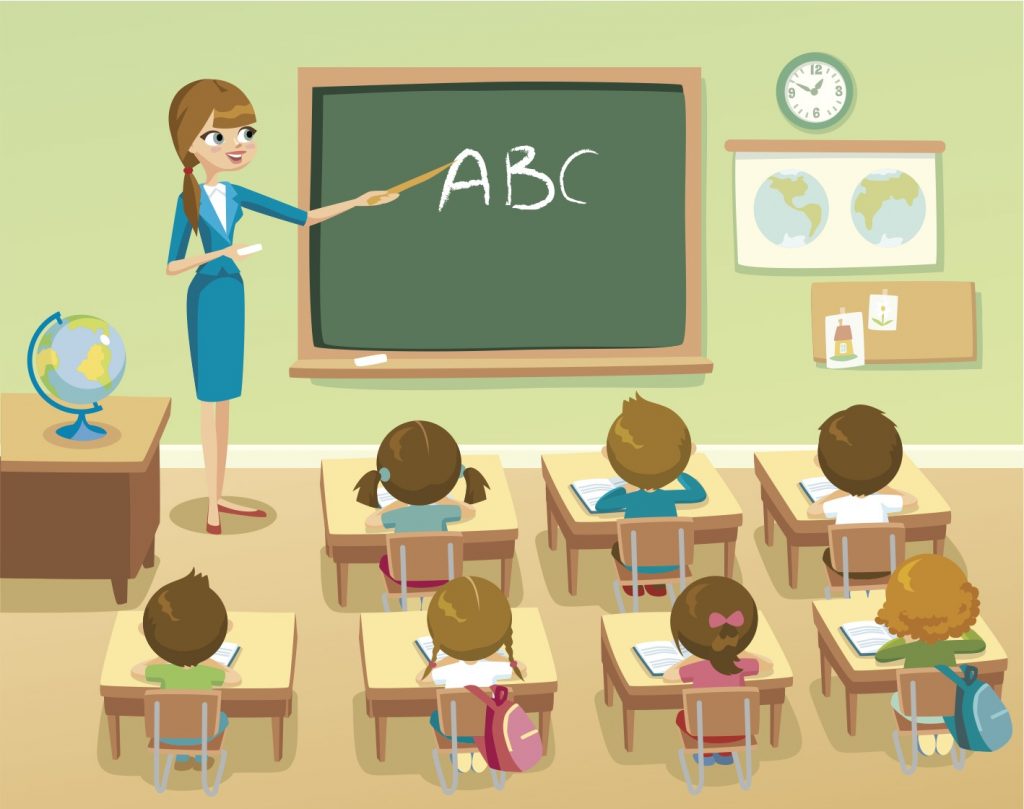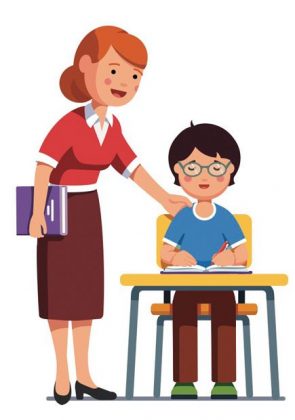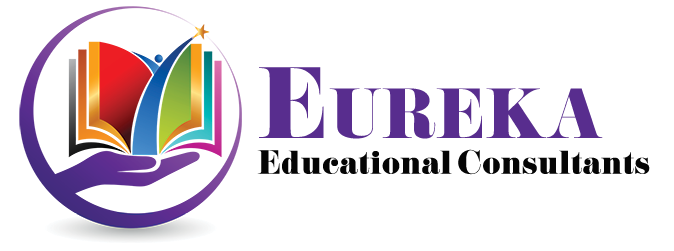How can we help you?
Manage Change
We can help you to prepare your staff for change by asking key questions.
Classroom Visits
We can help you to gather information through classroom visits.
Check your Reading Assessments
We can help you to determine if your reading assessments are working for you.
Strengths & Deficits of Your Adoption
We can help you determine the strengths and deficits of your adoption
Staff Collaboration
We can help you determine if your staff is ready to collaborate, or we can help to strengthen their collaboration
Student Intervention
We can help you tailor intervention to fit your student profile.
Literacy Support
We can help you to determine if your site practices support literacy
Parent & Community Support
We can help you to garner parent and community support
Additional Services
Send an email to request additional services.
Services

Manage Change
- What is your greatest challenge in the wake of the pandemic?
- What do you consider as your greatest success in the classroom? Pre-pandemic? Post-pandemic?
- What does success look like to you? What measures do you use?
- What do you see as the major barriers to all students achieving? List them as a group so that the barriers can be acknowledged and discussed.
These are examples of questions that we ask during a staff meeting. The teachers should have the questionnaire ahead of time for familiarity, not for pre-work. We strive to make the entry as easy as possible. We want teachers to see all of the aspects of the plan and to feel confident about the process.
The initial meeting is designed to ease teachers’ anxiety, establish rapport and let them know that their current successes are recognized and respected. Also, it will provide a window into their thinking and openness to change. The answers and comments from this introductory assessment will shape the direction of the entire training
One (Can be virtual)
Classroom Visits
What does whole group instruction look like?
- Are students engaged? (asking/answering questions, participating in activities, appearing to listen to instruction)
- Is the teacher checking for understanding from a variety of students? How is that variety ensured?
- What types of questions are teachers asking? Do they foster language development? Are they appropriately tailored to the students’ language level?
- Vocabulary instruction–do the 4 components exist? (Framework ch.2)
– Extensive experiences with language
– Word-conscious environments
– Teach targeted vocabulary (drawing, acting out, semantic maps)
– Provide instruction in word-learning strategies (word parts) - Writing Framework ch. 3 pp. 207-209
- Phonological Awareness/Phonics/Fluency (FW ch. 3 pp. 210-end)
What does small group instruction look like?
- Does the teacher give a picture walk that is appropriate to the reading level?
- How is the teacher encouraging students to use different reading strategies?
- Are the book levels appropriate for the students (90-94% accuracy)
- Is the teacher taking a running record (or other assessment) during the small group reading time?
- What are the students doing who are not with the teacher? Which literacy components do these independent activities support?
- How is independent reading encouraged? Is there a structure in place for it?
How are running records/assessments analyzed?
How is instruction adjusted based on the analysis of the running records/assessments?
Read and use psych reports and IEP, etc.
We develop a team that includes teachers, administrators and the consultant will spend 15 minutes in each targeted classroom during reading time. The team will take notes on what they see, focusing on whole and small group instruction, as well as independent work time. We share the data (anonymously) and discuss it as a team, and as a whole site group.
Classroom visits and staff discussion will determine if:
- Whole class instruction is focused on the standard
- Small group instruction is focused on reading instruction
- The books that students are reading are within their instructional level (90-94% accuracy) Students use multiple strategies (meaning, structure and visual cues; cross-checking, self-correcting, etc.) to build their reading ability
- Independent activities reinforce the strategies that the students need, and their need is determined by effective analysis of assessment data.
10 days


Check your Reading Assessments
- Teachers will share the classroom, grade level, site and district assessments that they give. They will share which assessment data is valuable to them and which is not; along with why.
- How do teachers use the data that they find valuable? How does this data make a difference in their instruction? How do they help students to “catch up” on missing skills?
- “Teaching to the test” will be openly addressed. Knowledge is more important than test-taking, but test-taking opens the door to many professions, including teaching.
- Based on the data that is valued most by teachers, as well as district and state data, the staff will determine the level of support that their instructional program needs. Teachers must see the need for program support in order for the implementation to be successful over time.
Pre-work: In grade level meetings, teachers will list the reading assessments that they give and rank them in order of usefulness. Then answer:
- What makes the most useful assessment so useful?
- How do you use the data after you give the assessment?
- Why is your least useful assessment the least useful?
Staff meeting: Grade levels will compare most useful assessments and look for commonalities. Discuss exactly what is being assessed and which standard/s the assessments are leading the students to master. Question to ponder: Are the assessments that are being given moving the students toward meeting the standards? This will not be answered in one session. This question is intended to raise awareness and become a long-term consideration.
One, with ongoing follow-up
Strengths & Deficits of Your Adoption
- The staff develops familiarity with the elements of balanced literacy–phonological awareness, phonics, comprehension, vocabulary and fluency.
- The staff, in grade level teams or individually, does an in-depth analysis of their reading instruction program. They will look for these elements in their daily lesson plans. They look for strengths and areas for growth.
- These activities will serve as a needs assessment. The staff will have clarity on what they are doing well, and what their next steps should be in terms of supplementing instruction in order to create a balanced literacy program.
This can be done over several meetings.
- Staff development on Balanced Literacy
- Grade level teams bring lesson plans and highlight elements of balanced literacy. Create charts or word-processed pages that list the elements of BL that appear regularly in instruction for each grade level.
Most adoptions do a good job of addressing the standards for students who do not need extra support. It is important for teachers to know how and where to supplement the adoption for their at-risk students. There are usually components of the adoption for English Learners and struggling readers, but some students just need more.
2-3 days


Staff Collaboration
- Do grade levels do any type of common lesson planning?
- Do they develop/use/analyze common assessments?
- What is the level of trust in the grade levels? Do they share data? Strategies? Students?
Conversation with administration and teacher leaders
There is strength in unity. Even if your staff has not had Professional Learning Communities (PLC) training, it is useful for them to share assessment data and strategies. The level of collaboration depends on the level of trust between the staff members. Data has shown that when teachers collaborate, students achieve more.
One for assessment (can be virtual), 3-5 for training grade level teams in collaboration
Student Intervention
- What challenges do the students face? Are they students who are from low-income backgrounds? Special needs students? English Learners at beginning levels? “Ever-EL’s” who have not reached the reclassification level after many years? Foster Youth? Gifted and Talented students?
- The demographics are not intended to label students; just give additional clarity on how the instructional program may need to be tweaked in order to give maximum support to each student.
- Has the staff been adequately trained on addressing the needs of each of these student groups? Is the training ongoing? Where can we find the training locally or online?
Conversation with administration and teacher leaders
“Knowing your audience” is important in education. While educators know the demographics of their schools and classrooms, has there been specific training to address the needs of these students? As challenging as it may seem, it is easier to adapt the curriculum to the students than it is to adapt the students to the curriculum. Intervention should be targeted in order to be effective.
One (can be virtual)


Literacy Support
- Teachers will share the classroom, grade level, site and district assessments that they give. They will share which assessment data is valuable to them and which is not; along with why.
- How do teachers use the data that they find valuable? How does this data make a difference in their instruction? How do they help students to “catch up” on missing skills?
- “Teaching to the test” will be openly addressed. Knowledge is more important than test-taking, but test-taking opens the door to many professions, including teaching.
- Based on the data that is valued most by teachers, as well as district and state data, the staff will determine the level of support that their instructional program needs. Teachers must see the need for program support in order for the implementation to be successful over time.
Conversation with administration and teacher leaders
Reading is a skill that must be constantly practiced. For example, having students go to the library as a class on one day every two weeks to get two books will not provide them enough practice to improve as readers. Also, withholding books from students who have lost a library book will not help them to become better readers. Courageous administrators will examine their site’s literacy practices in order to improve their students’ ability to get adequate reading practice.
One for assessment (can be virtual), number of support days will vary by need
Parent and Community
Support
- Are parents and guardians aware that they have a role in their student’s literacy? For example, are they expected to monitor reading as homework nightly? Are they encouraged to read to their child in their primary language? If they are illiterate, are they encouraged to “picture walk” with their young children so that they can learn to use the pictures as they read? Are parents encouraged to listen to their children read to them?
- Do local businesses support the district’s reading program? For example, do they have certificates that give avid readers a small snack or child’s meal for reading achievement?
- Conversation with administration and teacher leaders
- Meetings with parents (2 English, 2 Spanish)
Reading is a skill that must be constantly practiced. For example, having students go to the library as a class on one day every two weeks to get two books will not provide them enough practice to improve as readers. Also, withholding books from students who have lost a library book will not help them to become better readers. Courageous administrators will examine their site’s literacy practices in order to improve their students’ ability to get adequate reading practice.
One for assessment (can be virtual), number of support days will vary by need


Additional Services
Send an email to request additional services.
Would you like to partner with us?
We’re ready when you are! Simply click the Email Us button and we will respond as soon as possible.
